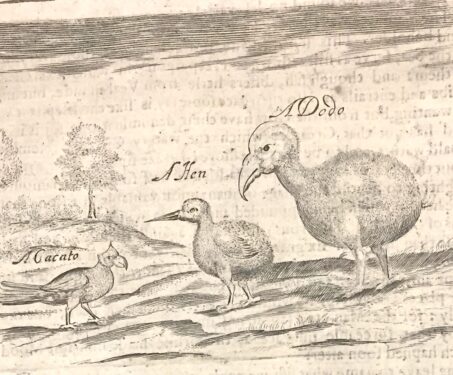

Object of the week: The diplomat & the dodo
Thomas Herbert’s best-selling 17th-century travelogue details an enchanting encounter with a dodo, only years before the bird went extinct

Thomas Herbert’s best-selling 17th-century travelogue details an enchanting encounter with a dodo, only years before the bird went extinct
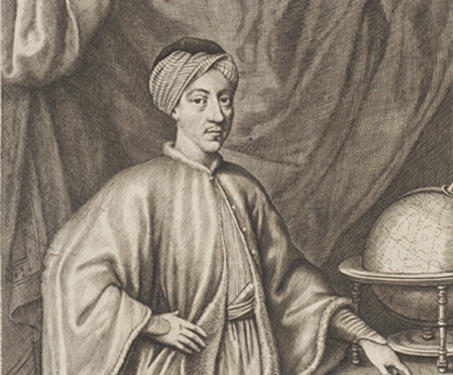
French traveller Jean de Thévenot (1633–1677) lived in the seventeenth century. He was also a linguist and naturalist. He was the famed cartographer Melchisédec Thévenot’s (1620–1682) nephew, who is said to have influenced his passion for exploring the world. This travelogue documents his travels across the Ottoman Empire, the Aegean Sea islands, Egypt, Palestine, and… Read more »
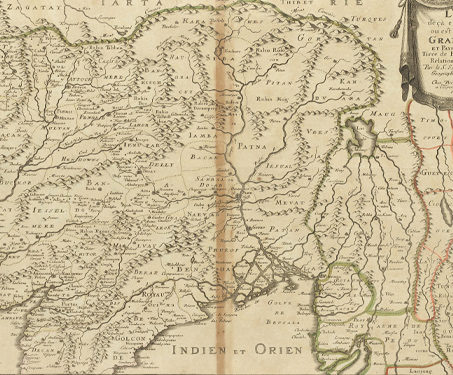
This map was made by Nicolas Sanson (1600 – 1667) in 1654 and published in 1697. In comparison to his Dutch contemporaries, Nicolas Sanson (born in Abbeville, France) is considered the pioneer of the French school of cartography, which revolutionised map-making based on precision, scientific and historical narratives. He produced more than 300 maps in… Read more »
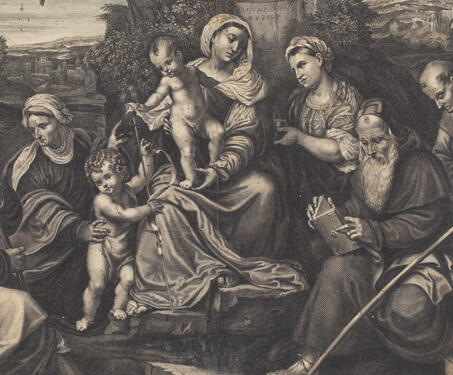
As the title of the etching suggests, pictured here is the Holy Family, traditionally and historically known as the ‘Holy Family of Françios I’ or ‘la Grande Sainte Famille Iesus Christ.’ The Virgin (Mother Mary) is seen seated right in front of the pillar, in the centre of the composition, and is holding up an… Read more »
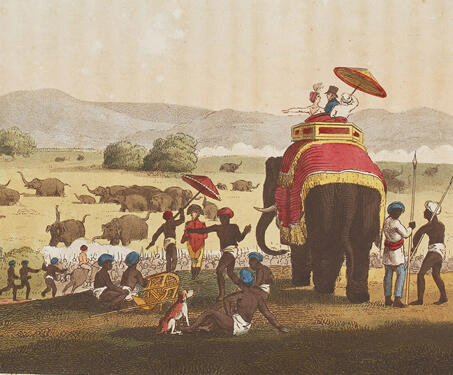
“Oriental Field Sports being a complete, detailed, and accurate VISUAL DESCRIPTION of the wild sports of the East and exhibiting, in a novel and interesting manner, the natural history of the elephant, the rhinoceros, the tiger … and other undomesticated animal…“, as the long title suggests, is a rare book accounting detailed descriptions of the… Read more »
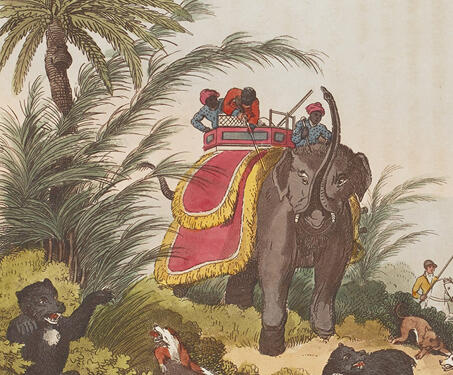
“Oriental Field Sports being a complete, detailed, and accurate VISUAL DESCRIPTION of the wild sports of the East and exhibiting, in a novel and interesting manner, the natural history of the elephant, the rhinoceros, the tiger … and other undomesticated animal…“, as the long title suggests, is a rare book accounting detailed descriptions of the… Read more »
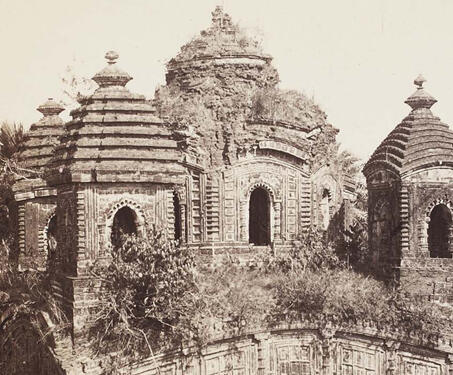
This picture shows the Shyam Rai Temple, regarded as a structural beauty amongst the Bishnupur Temple Complex in West Bengal. It was built during the reign of Raghunath Singha (1626 – 1656), a Malla King who is recognised to be a patron of art and architecture. The temple is a pancharatha temple with one main… Read more »
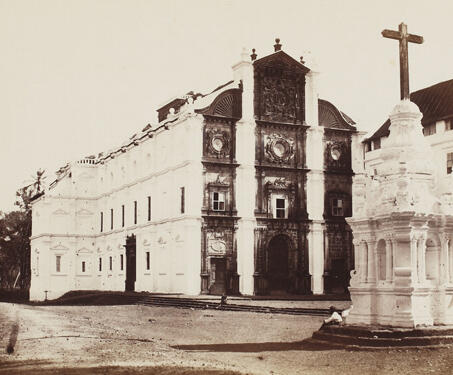
The Basilica of Bom Jesus, a UNESCO World Heritage Site, was as much a photographer’s muse two centuries ago as it is today. Construction on this Goan beauty began in 1594 and was completed in 1605. The main attraction inside is the incorrupt body of St Francis Xavier, a 16th-century Jesuit missionary whose work in… Read more »
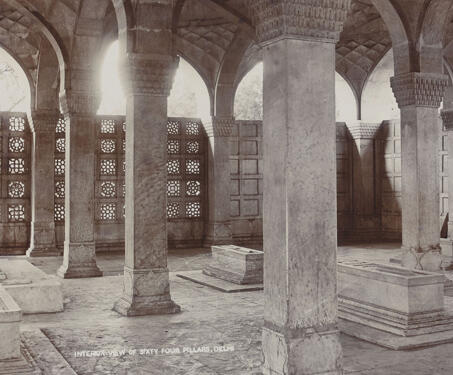
Mirza Aziz Koka aka Kotaltash was Emperor Akbar’s foster-brother—or more accurately, his milk brother, so-called because he was the son of the Emperor’s wet nurse, Jiji Anga. Kotaltash’s father was Ataga Khan, Akbar’s prime minister, upon whose death a grand mausoleum was constructed in near the dargah of the Sufi, Nizamuddin. Built in the early… Read more »
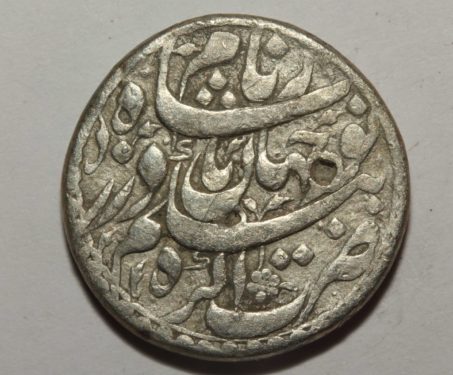
This coin is symbolic of both the power and the precariousness of a queen’s role in an empire of men. Nur Jahan was the twentieth wife of Jahangir and especially favoured by the emperor. This placed her a unique position for a woman of her time and she used it to influence Mughal politics and… Read more »
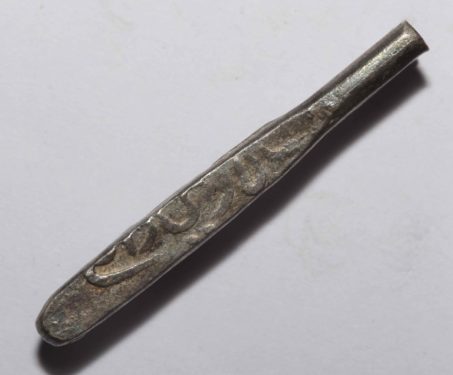
A silver coin bent like a hairpin or a fish-hook and then stamped on either side, this unit of currency was named after the thriving 16th-Century trade centre of Lar in Iran. It was first minted by the Safavid ruler Shah Tahmasp and subsequently, the rise of strong trade relationships between Egypt, Arabia, Persia, India… Read more »
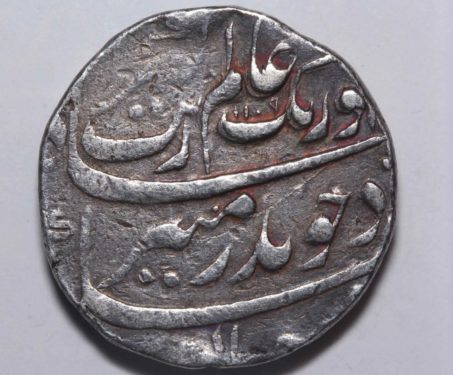
Gingee was a formidable fort in southern Arcot in the erstwhile Carnatic region. It was captured by Chhatrapati Shivaji Maharaj in 1677 and remained in the hands of the Marathas until 1698. In this year, Shivaji’s son Rajaram Bhosle I ensconced himself in the fort in response to Aurangzeb’s advancing armies in the kingdom. Mughal… Read more »
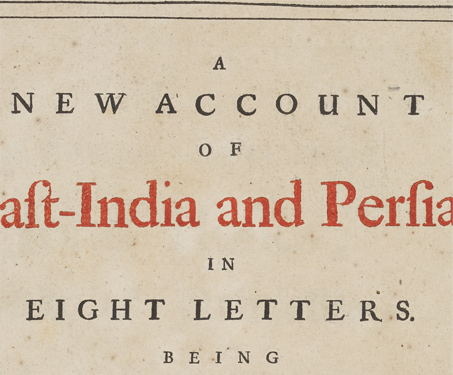
First published in 1689, this book was written by a surgeon who is best remembered today for his descriptions of seventeenth-century India and Persia. The publication was feted for its accuracy and wealth of cartographical detail.
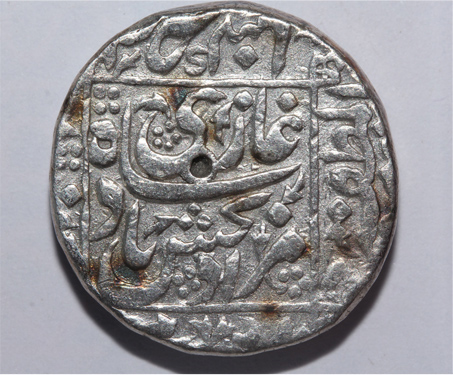
Murad Bakhsh (1624-1661) was the youngest son of Shah Jahan. He was very successful in the initial stages of the Balkh-Badakhshan campaign of 1646, but when he left the expedition to return to Agra, it created a permanent rift between him and his father and resulted in his expulsion from the Mughal court. Later, Murad… Read more »
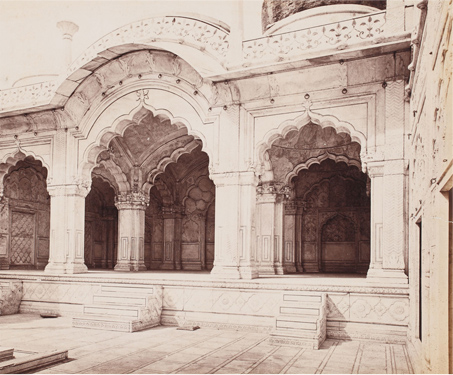
Inscription Recto “Bourne 1351. THE MOTEE MUSJID. DELHI.1351”. This is an image of the Moti Masjid situated inside the Red Fort in Delhi. It was built by Aurangzeb and served as his private mosque, the entre structure is built of marble with inlays in black stone. The photograph shows the front of the mosque including… Read more »
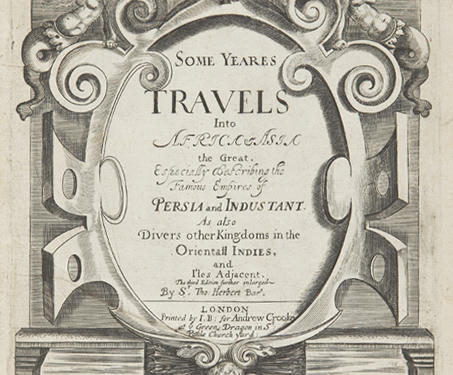
This is a mid-17th-century travelogue by historian Thomas Herbert, who chronicles his journey to the Middle- East, Asia and Africa with particular emphasis on the empires of Persia and India during the 17th century. Thomas Herbert (1606-1682) was a courtier to Charles I (1600-1649). He travelled to the court of Shah Abbas (1571-1629) of Persia… Read more »